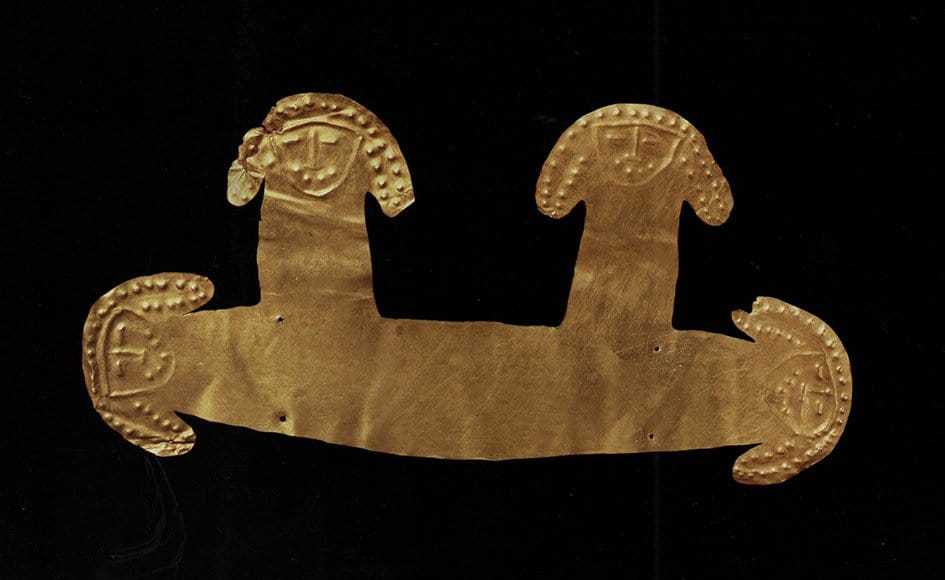The Spanish conquest of South America in the 16th century was driven largely by the desire to exploit the continent’s vast natural resources, including silver. In 1536, Spanish explorer Juan Díaz de Solís embarked on a quest to find a passage to the Pacific Ocean and Asia, and in doing so, discovered the Río de la Plata, or “River of Silver.” Word quickly spread about the region’s silver riches, fueling the Spanish Crown’s interest in establishing a permanent presence.
Colonial settlements, such as Buenos Aires and Asunción, were established as key trading ports for transporting silver and other resources back to Spain. The mining of silver in the region was powered by forced indigenous labor, with catastrophic consequences for native populations. Silver extracted from the Potosí mines (in present-day Bolivia) was transported to Buenos Aires via the Camino Real, further strengthening the city’s strategic importance.
THE 19TH CENTURY: INDEPENDENCE AND THE IMPACT OF SILVER ON NATIONAL IDENTITY
Argentina’s struggle for independence from Spain in the early 19th century was, in part, a response to the exploitation of the nation’s resources, including silver. After achieving independence in 1816, silver continued to play a vital role in the country’s economy and development. The Peso Moneda Nacional, Argentina’s first official currency, was minted in silver in 1881, symbolizing the metal’s significance.
Moreover, the country’s rich silver-mining tradition inspired the Argentine coat of arms, which features two crossed silver maces, as well as the flag’s sky-blue and white colors – said to represent clouds and the silver found in the region.
THE 20TH CENTURY: SILVER MINING DECLINE AND REVIVAL
The 20th century saw a decline in Argentina’s silver production, as other industries, such as agriculture and oil, took precedence. However, the late 20th and early 21st centuries saw a resurgence in silver mining, driven by technological advancements and rising global demand. Today, Argentina ranks among the top silver producers in the world, with significant reserves and active mining projects.
SILVER IN ARGENTINE ART AND CULTURE
Silver has left an indelible mark on Argentine culture and art, with silversmithing being a revered craft. The tradition of crafting silver has been passed down through generations, resulting in stunning works of art and intricate jewelry. The gaucho culture, a symbol of Argentine national identity, is also closely linked to silver, as traditional gaucho attire features intricate silver embellishments on belts, knives, and saddle accessories.
Argentine artists have also drawn inspiration from the country’s silver legacy. One notable example is the renowned Argentine painter and sculptor Antonio Berni, who incorporated silver into his artwork to explore themes of national identity and social commentary.
THE FUTURE OF SILVER IN ARGENTINA
As global demand for silver remains strong, Argentina’s silver mining industry is poised for continued growth. The country’s untapped silver reserves and advances in mining technology present significant opportunities for future exploration and production.
Environmental concerns, however, have led to increased scrutiny of mining practices and a push for sustainable methods. Argentina’s government and mining companies will need to strike a balance between economic growth and environmental stewardship to ensure the long-term viability of the nation’s silver industry.
APPLICATIONS OF ARGENTINA’S SILVER IN DIFFERENT INDUSTRIES


